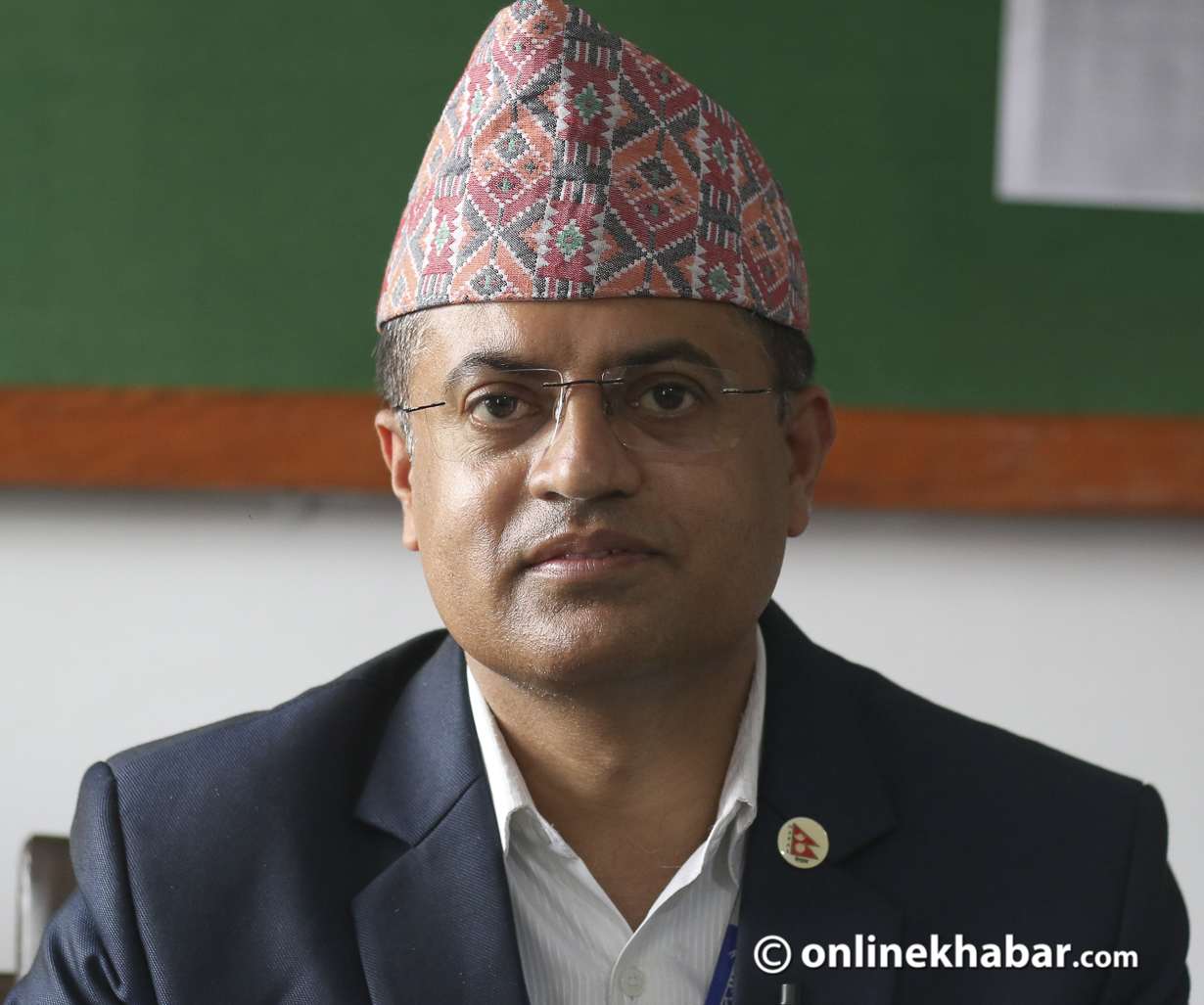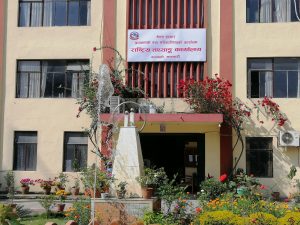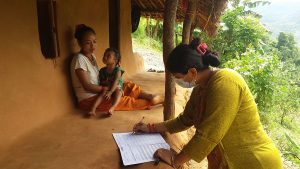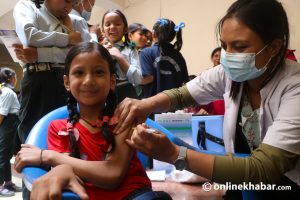Since the past few days ago, the number of Covid-19 cases is on the rise in Nepal. Likewise, there are reports that the new variant of the coronavirus has also been detected in the country. All of these have created fear of the impending Covid-19 second wave among Nepalis.
Regarding this issue, Dr Krishna Prasad Paudel, the director of the Epidemiology and Disease Control Division under the Ministry of Health, explains why the current level of risk associated with the spread of the coronavirus infection in Nepal is much higher than that was in the past.
1. Past mistakes

Like many countries, Nepal did not have the experience to deal with the pandemic last year as it was totally unprecedented. However, as of now, the country and the people have some experience.
Despite this, people made some mistakes. Especially in the last three months, many people have been underestimating the coronavirus. As a result, the number of new cases is increasing every day. The daily infection rate seems to be more than 10 per cent (of the samples tested) by now. This increment indicates that the risk has increased.
2. Community-level spread

Recent results of the antigen tests conducted near the Nepal-India border areas and at the community level show that the infection has increased within the community.
The increased number of infected people in hospitals also indicates the same thing.
3. The new variants

The infection is spreading faster than before and new variants of the Covid-19 virus have also been detected. Random sampling concludes that the new variants are two to three times more infective than previous variants.
4. No restrictions

Last year, the lockdown was imposed to fight the pandemic, which led to a slowdown in the spread of the infection. However, this is not the case now. Schools, public vehicles, and other crowded areas are operating now. All of these add to the increased risk of the spread of the Covid-19.
5. Difficulties in contact tracing

Contact tracing is not possible without the support of every individual and household. In some places, when a health worker goes to collect swabs, people refuse to be tested citing the lack of symptoms. This tendency is fatal for society itself. If the infection cannot be detected and isolated in time, the risk increases.
6. Limited resources and coordination skills
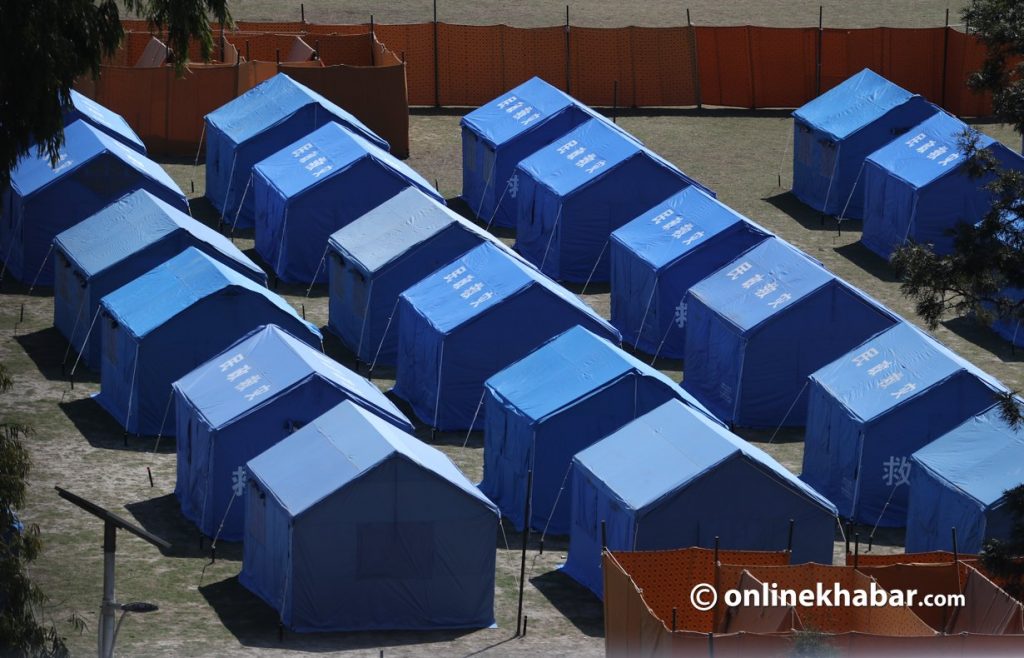
Nepal is not perfect in quarantine, contact tracing, testing, and isolation. While doing so, there have been shortcomings and weaknesses. There are other challenges as well. Not all people understand the seriousness of the pandemic. The lack of coordination between local, provincial, and federal governments fighting to control the pandemic is another challenge.
The EDCD also has its own limitations. It has a small team. On top of that, while focusing on the Covid-19 pandemic, it should not affect the work that needs to be done regularly against malaria, kala-azar and other contagious diseases.
The division fighting the pandemic by solving such problems. It is not in favour of remaining silent saying that it has done everything and there is nothing left to do.
The infection can be reduced if other sides also understand that there is still a battle to be fought.



